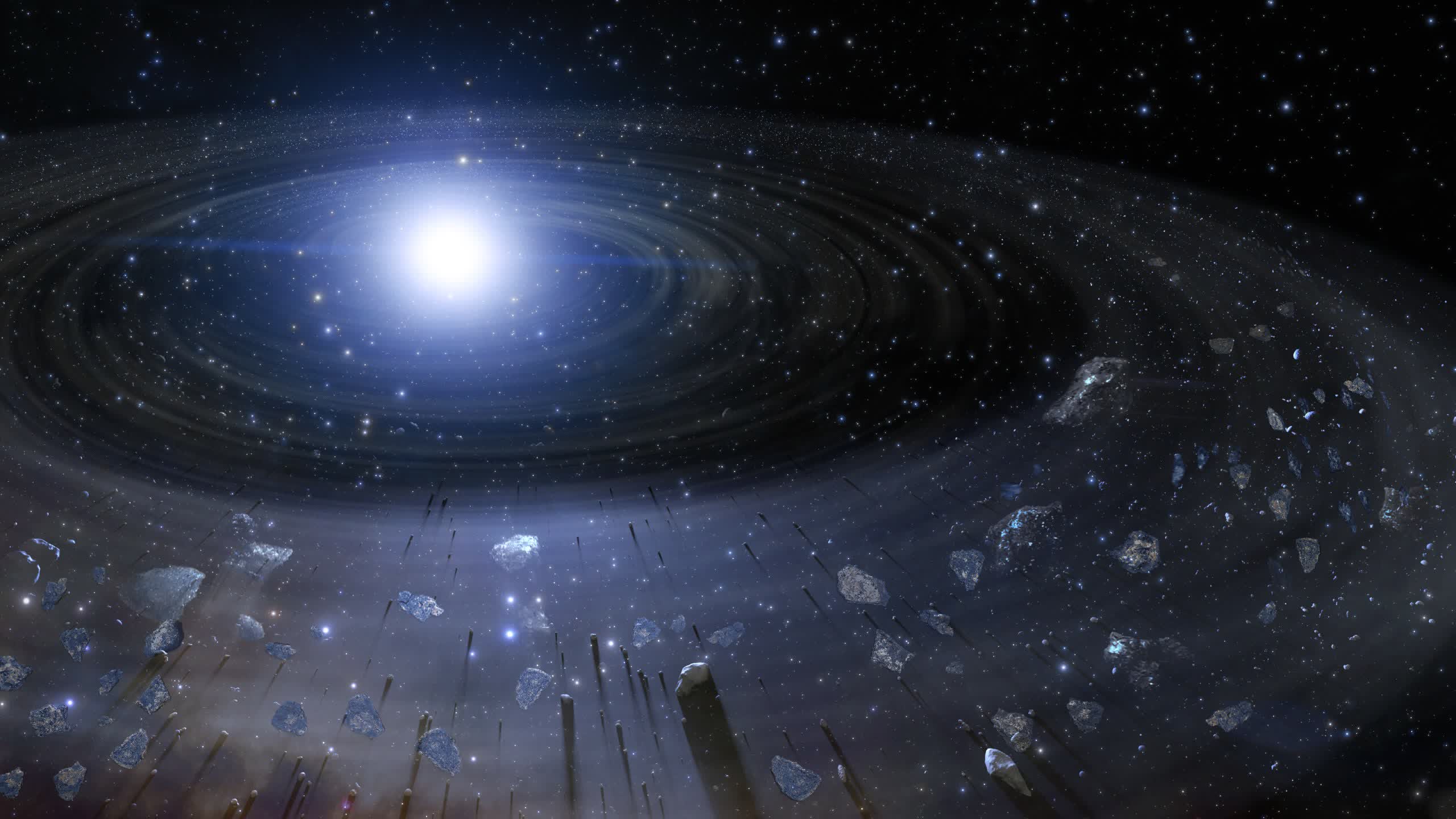
Astronomers recently discovered signs that a white dwarf star about 104 lightyears from Earth is slowly crystalizing into a diamond the size of a planet. The finding strengthens existing theories about the ultimate fate of most stars.
Data from the European Space Agency's Gaia telescope suggests the white dwarf is gravitationally tied to a system of three stars called HD 190412, making it a quadruple-star system. Observations suggest the core is undergoing crystallization, which may be obscuring its true age. While the other stars in the system might be 7.3 billion years old, the white dwarf could be around 4.2 billion years old. The study, from researchers in Australia, Canada, the UK, and the US, is available on arXiv, but is not yet peer-reviewed, so readers should take it with a grain of salt for now.
White dwarfs are a late stage in the stellar lifecycle, occurring after a star has run out of hydrogen fuel. At that point, in stars with a low-to-moderate amount of mass, fusion reactions shed their outer layers, leaving behind an extremely dense white dwarf that compresses the mass of a star into a volume similar to Earth. Meanwhile, when larger and more massive stars deplete their fuel, their immense weight collapses into black holes.
White dwarfs are initially extremely hot from the original core's residual thermal energy, but gradually cool down and crystalize because they no longer have a source of energy. Eventually, they become cold, dark, diamond-like objects called black dwarfs.
Scientists theorize this process takes far longer than the 13.8 billion years that have passed since the Big Bang, so no black dwarfs are thought to exist yet. This will be the final state of about 97 percent of the Milky Way galaxy's stars, including the Sun.
According to the theory of the heat death of the universe, white dwarfs will be the last stars to shine after other stars and galaxies dissipate. This will lead to a dark age where only black dwarfs and black holes remain.
The discovery of a star undergoing crystallization so close to our solar system will help astronomers better understand its course and how common such stars are. It is currently estimated that out of the 100 nearest stars, fewer than 10 are white dwarfs.
Masthead: artist's impression of debris orbiting a white dwarf